The latest collaboration with celebrated author and graphic novelist Neil Gaiman marks a new direction for Sharad Devarajan’s Graphic India. Devarajan opens up about this exciting project while Gaiman reveals his fascination with Indian fables
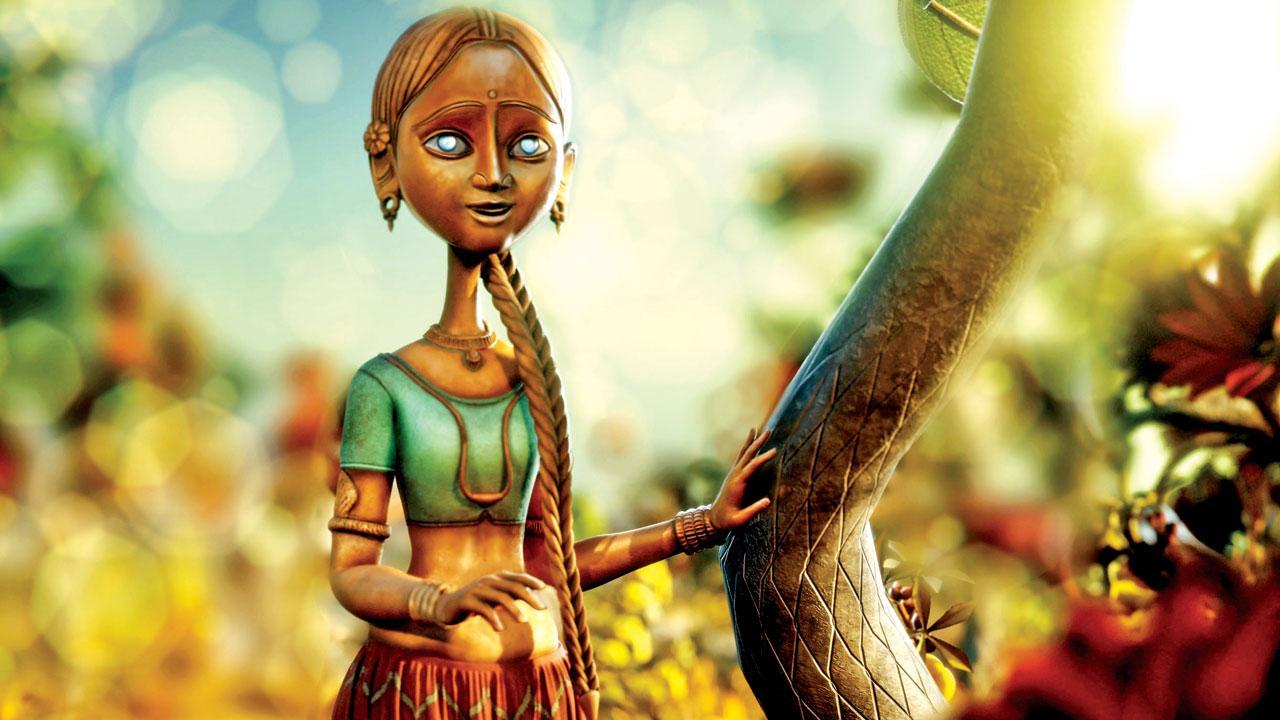
The first look at unreleased stills of princess Cinnamon and the tiger from the upcoming feature. Pics Courtesy/Graphic India
A talking tiger walks into a palace to meet an Indian princess. Only Neil Gaiman could imagine such a surreal but fascinating plot. Earlier this week, the Indian studio Graphic India announced their next animated feature with Gaiman titled Cinnamon. The film is produced by Saren Khan, Sharad Devarajan and Jeevan Kang for Graphic India along with Gaiman and Cat Mithos via The Blank Corporation. Kang will also direct the story of the young Indian princess, Cinnamon, and her journey of self-discovery.
ADVERTISEMENT
For Indian fans, the project is a watershed moment, considering Gaiman’s reputation as a modern-day mythmaker and creator. A prolific, inspirational writer, the Hugo and Newberry Award-winner is best known for his radical comic series, The Sandman, later turned into a critically acclaimed Netflix show in 2022. Apart from having worked with DC Comics, Gaiman also wrote the screenplay for Guillermo Del Toro’s HellBoy II (2008) as well as the acclaimed television series, Good Omens.
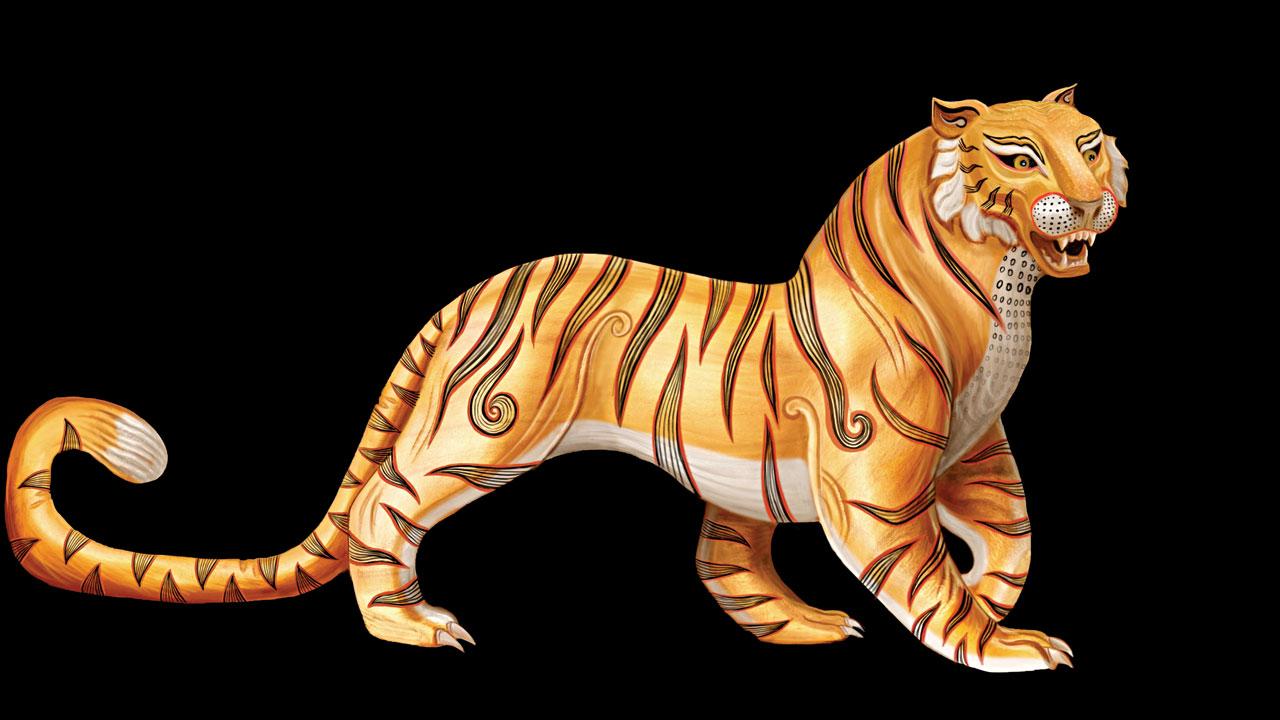
We speak with Graphic India CEO and co-founder, and co-writer with Gaiman on the upcoming project, Sharad Devarajan on the unique project, challenges of myth-building, and what the future holds.
Edited excerpts from the interview:
How did the collaboration with Neil Gaiman come about?
Sharad Devarajan: I have been friends with Neil [Gaiman] for a while now, and have always known of his fascination with Indian mythology. One of his many stories that I loved was Cinnamon. It had many themes that resonated with me while telling it in a way that appealed to the world, quite like Coraline.
Coraline had some interesting themes that were very grown-up, even a touch dark. Does Cinnamon follow the same tone?
SD: It [Coraline] had certain themes that were not seen in a typical Western animation film. We are also trying to deal with something similar [in this project]. We just finished writing a lot of the treatment, and are currently working on the script. So, I cannot reveal details.
Will Coraline’s style be the template for the animation then?
SD: Coraline was stop motion, but this will be different. We are trying to find elements that are unique and distinctly Indian to add to the animation.
It also brings to the fore Gaiman’s work as an author and interpreter of myths. Similarly, you are coming off the success of The Legend of Hanuman. Does it influence the project?
SD: Cinnamon is not mythology. It is not like The Legend of Hanuman where we had to ensure that the tale captures the ethos of the original myth in the most respectful way. It is a fun fable that allows you the freedom to explore, although it does have mythological undertones. It is also designed as an English-language film.
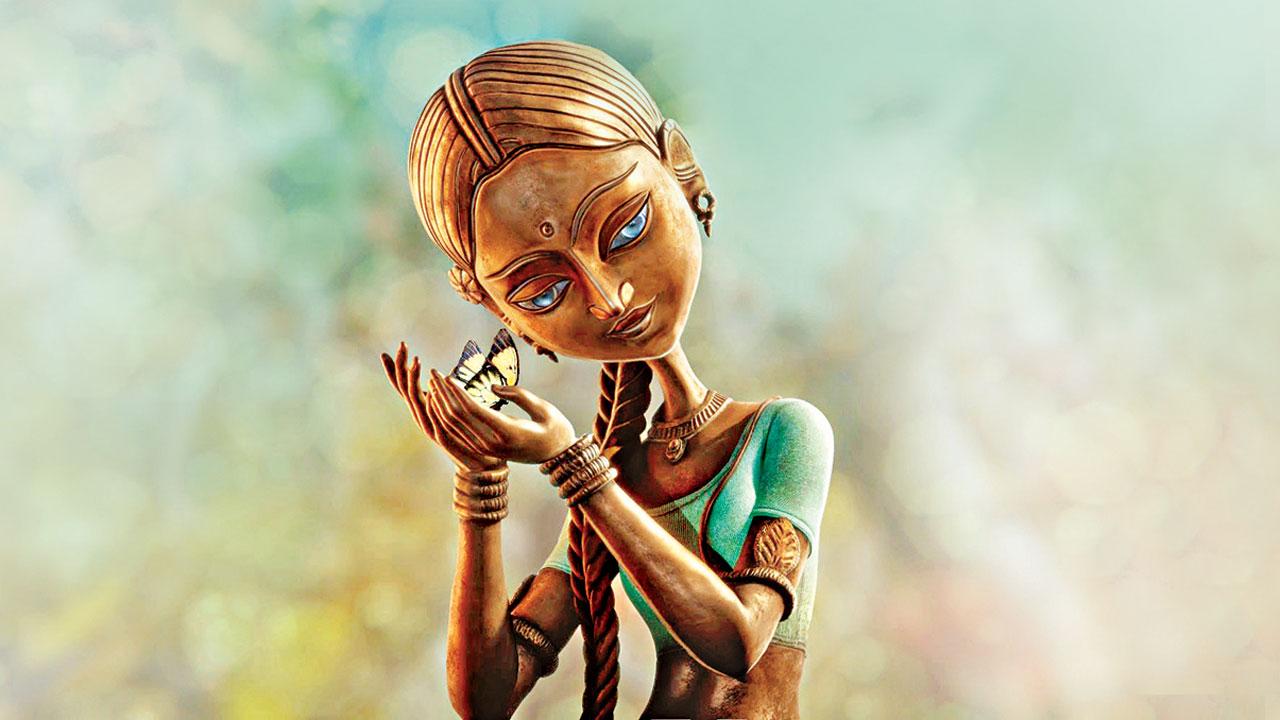
We are particularly thrilled to see Jeevan Kang direct the project. How influential has his presence been?
SD: Jeevan has been a partner of mine for a long time. He was the director for The Legend of Hanuman, as well as the upcoming series, Baahubali: The Crown of Blood. He is one of the foremost animation directors of the country, and believes in breaking boundaries to find a new style that is innovative and different.
Speaking of Baahubali, it is another mythical world created by SS Rajamouli. How challenging or exciting is it to work with him?
SD: I first met Rajamouli after Baahubali. He shared with me the years of work he had put in that nobody even knows of. He could show only a portion of it in the films. It was only natural for us to take it forward through comics and animated features. We share a common vision to change the perception of animation in India from being a medium for children to a platform for sophisticated stories.
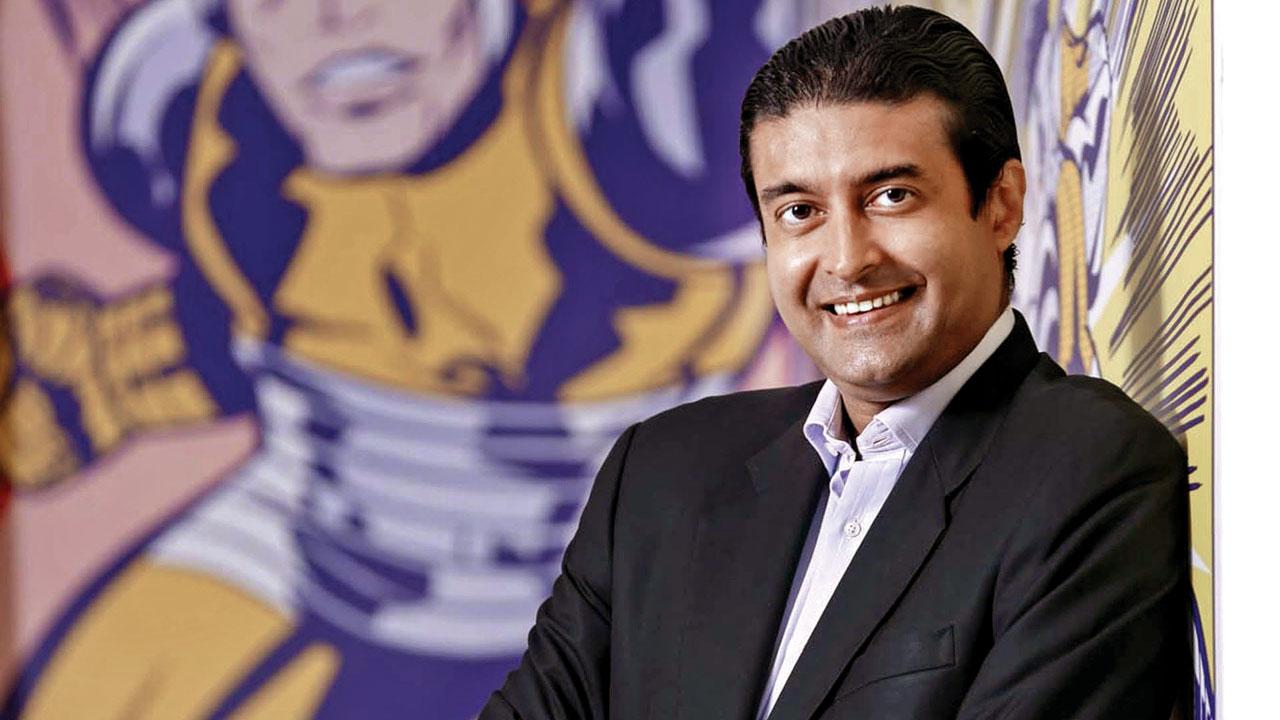
Sharad Devarajan
Is that a future to which Graphic India will move?
SD: We are storytellers who want to find the best medium to tell these stories. Comics and animation remain two big pillars in this process, but in the future, we have to examine how we approach interactive content. So, we are also moving aggressively into live-action.
‘There is so much life in Indian fiction’

An illustration from Burton’s Vikram and the Vampire. Pic Courtesy/Archive.org
I grew up with thick, beautifully illustrated books of Indian stories. My first, and thus my favourite, was a collection of Indian Fables retold by a Czech author named Ivan Olbracht. It was a fifth birthday present, and I loved them. I have since been rediscovering that love [as an adult]. I have always been drawn to the rich tapestry of mythology and folklore that exists in cultures around the world, and India’s vast collection of fables and legends has long held a special fascination for me. So many writings for me go back to the first time I picked up Richard Burton’s translation of Vikram The Vampire. I was captivated by their magic, their wisdom, and their enduring power to speak to the human experience across time and space.
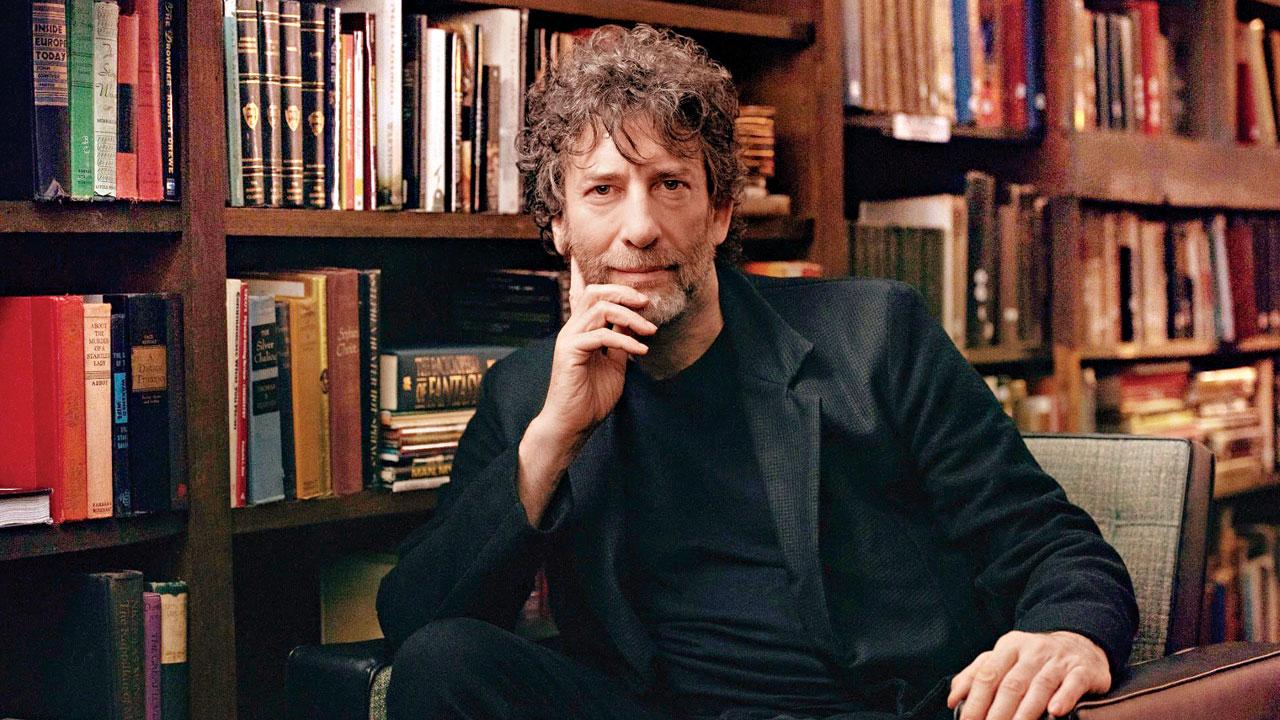
Neil Gaiman
With Cinnamon, I wanted to create a story that would pay homage to the classic Indian fables that had captured my imagination as a child. I find so much life in Indian fiction, and my heart always follows people who get the most out of their dictionaries and vocabularies; writers who take joy in the language. I tend to be more [Ernest] Hemingway-esque in my writings because I learned to write at a time when the economy of writing was incredibly important. What I love most about Indian writing is that I never get the feeling that anybody is trying to economise on words. Instead, they use beautiful words in the same way they use spices and colours.
- Neil Gaiman
 Subscribe today by clicking the link and stay updated with the latest news!" Click here!
Subscribe today by clicking the link and stay updated with the latest news!" Click here!







